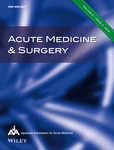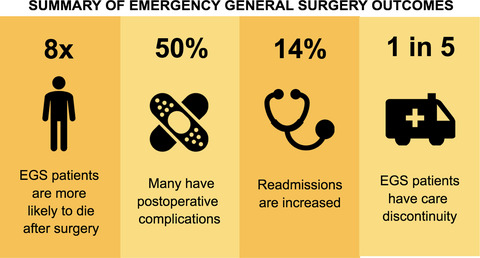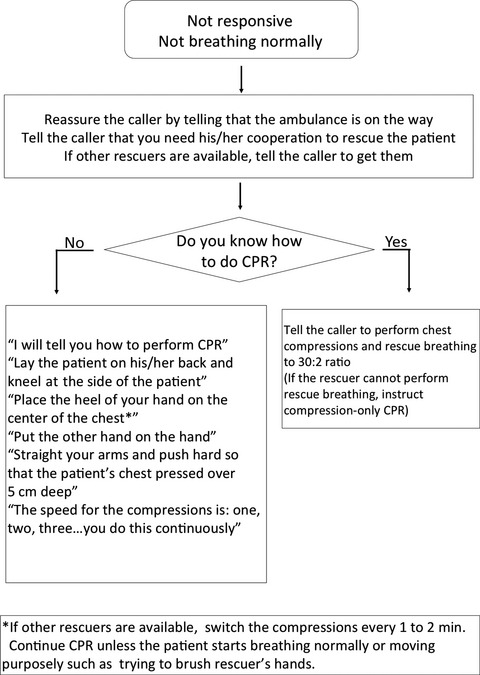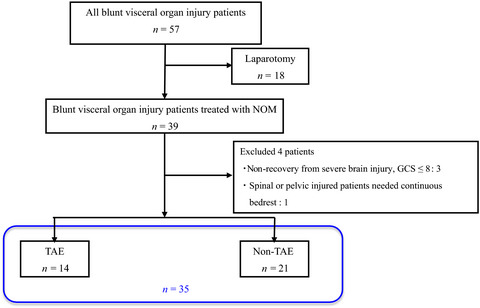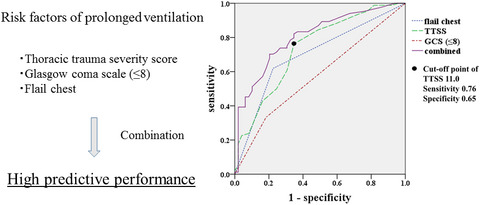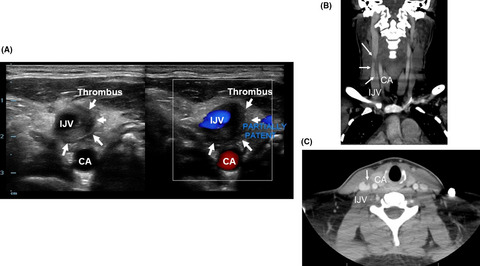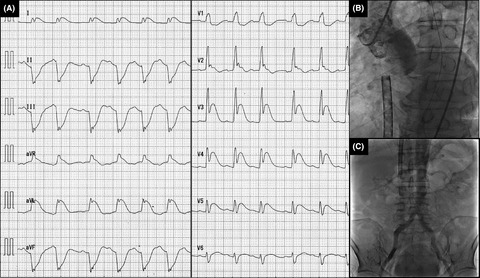Journal list menu
Export Citations
Download PDFs
Issue Information
Review Articles
Promising novel therapy with hydrogen gas for emergency and critical care medicine:
- Pages: 113-118
- First Published: 24 October 2017
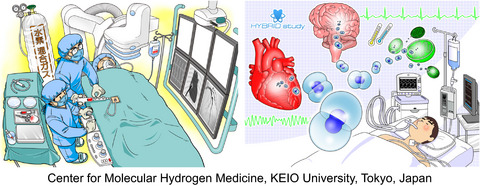
It has been reported that hydrogen gas exerts its therapeutic effect in a wide range of disease condition from acute illness such as ischemia reperfusion injury, shock, damage healing to chronic illness such as metabolic syndrome, rheumatoid arthritis and neurodegenerative diseases. Antioxidant and anti-inflammatory properties of hydrogen gas have been proposed, but the molecular target of hydrogen gas has not been identified. We established the Center for Molecular Hydrogen Medicine to promote nonclinical and clinical research on medical use of hydrogen gas through industry-university collaboration and to obtain regulatory approval of hydrogen gas and hydrogen medical devices (http://www.karc.keio.ac.jp/center/center-55.html). Studies performed by the Center have suggested possible therapeutic effects of hydrogen gas in relation to various aspects of emergency and critical care medicine, including acute myocardial infarction, cardiopulmonary arrest syndrome, contrast-induced acute kidney injury, and hemorrhagic shock.
Past, present, and future of Emergency General Surgery in the USA
- Pages: 119-122
- First Published: 12 January 2018
Mini Review Article
A summary of the Japan septic disseminated intravascular coagulation study
- Pages: 123-128
- First Published: 10 January 2018
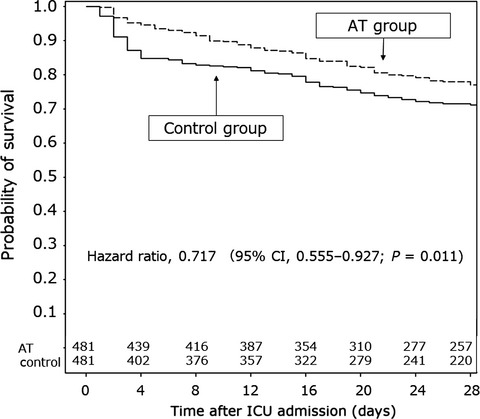
A nationwide multicenter retrospective observational study, named the Japan Septic Disseminated Intravascular Coagulation (JSEPTIC DIC) study, was undertaken. The results of the JSEPTIC DIC study indicated that: (i) anticoagulant therapy may be effective in sepsis-induced DIC patients at high risk for death, (ii) recombinant human soluble thrombomodulin administration and antithrombin supplementation are associated with survival benefits in patients with sepsis-induced DIC
Original Articles
Accuracy of the smaller superior mesenteric vein sign for the detection of acute superior mesenteric artery occlusion
- Pages: 129-132
- First Published: 28 September 2017
Quality of dispatch-assisted cardiopulmonary resuscitation by lay rescuers following a standard protocol in Japan: an observational simulation study
- Pages: 133-139
- First Published: 11 October 2017
Adherence rate of quality-of-care indicators for Staphylococcus aureus bacteremia is extremely low in Japanese emergency and critical care departments: a multicenter retrospective observational study
- Pages: 140-145
- First Published: 25 October 2017
High-dose steroid therapy for acute respiratory distress syndrome lacking common risk factors: predictors of outcome
- Pages: 146-153
- First Published: 25 October 2017
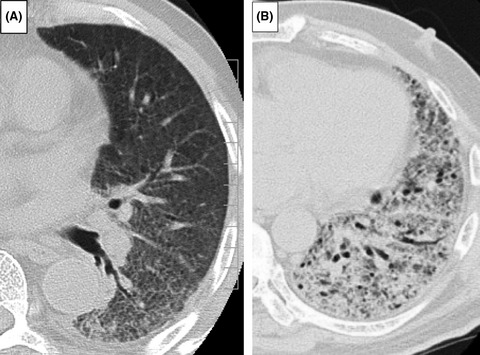
Acute respiratory distress syndrome (ARDS) is usually resistant to treatment, but ARDS lacking common risk factors sometimes shows responsiveness to corticosteroid treatment. We found that the low percentage of consolidation/(ground-glass attenuation + consolidation) on chest computed tomography scans was associated with a significant increase in 60-day survival in patients with ARDS lacking common risk factors.
Preoperative fluid restriction for trauma patients with hemorrhagic shock decreases ventilator days
- Pages: 154-159
- First Published: 12 February 2018
Can we predict delayed undesirable events after blunt injury to the torso visceral organs?
- Pages: 160-165
- First Published: 30 January 2018
Risk factors for prolonged mechanical ventilation in patients with severe multiple injuries and blunt chest trauma: a single center retrospective case–control study
- Pages: 166-172
- First Published: 31 January 2018
Case Reports
Lemierre's syndrome presented with acute pancreatitis
- Pages: 173-176
- First Published: 20 October 2017
Coin pica-induced gastric perforation resulting from ingestion of 1,894 coins, 8 kg in total: case report and review of published works
- Pages: 177-180
- First Published: 24 October 2017

A 51-year-old man with schizophrenia, who was found to have numerous coins in the esophagus and stomach, underwent an emergency operation for peritonitis. A few cases regarding coin pica have been reported. This case was the first showing gastric perforation and the largest number of ingested coins.
Two cases of spontaneous cervical epidural hematoma without back or neck pain in elderly Japanese men
- Pages: 181-184
- First Published: 24 October 2017
Contrast medium-induced transient severe leukopenia
- Pages: 185-188
- First Published: 25 October 2017
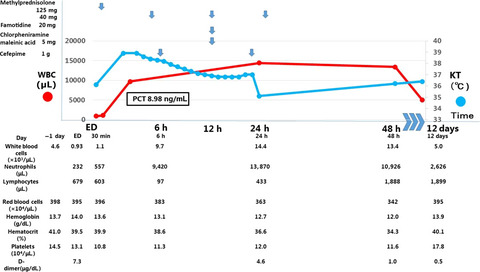
Our article reports a rare case of a patient that developed transient agranulocytosis after receiving a contrast medium for abdominal contrast-enhanced computed tomography. We diagnosed the patient with idiosyncratic agranulocytosis that was induced by the contrast medium, which is a rare phenomenon.
Treatment of a patient with acute aortic dissection using extracorporeal cardiopulmonary resuscitation after an out-of-hospital cardiac arrest: a case report
- Pages: 189-193
- First Published: 19 December 2017
Necrotizing enterocolitis associated with Clostridium butyricum in a Japanese man
- Pages: 194-198
- First Published: 23 January 2018
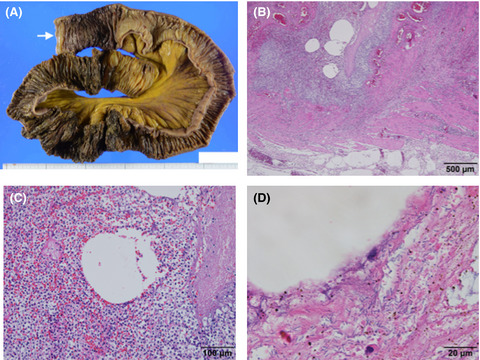
Necrotizing enterocolitis (NEC) associated with Clostridium butyricum in adults has not been reported previously. This is a case of a Japanese man who developed C. butyricum-related NEC during hospitalization for treatment for a penetrating injury and concomitant pneumonia. This study suggested that hospitalized adults patients receiving antibiotics are at risk for NEC.
A new mutation of congenital methemoglobinemia exacerbated after methylene blue treatment
- Pages: 199-201
- First Published: 15 February 2018
Letter to the Editor
Flunitrazepam overdose induces brilliant-blue gastric fluid
- Pages: 202-203
- First Published: 21 December 2017




